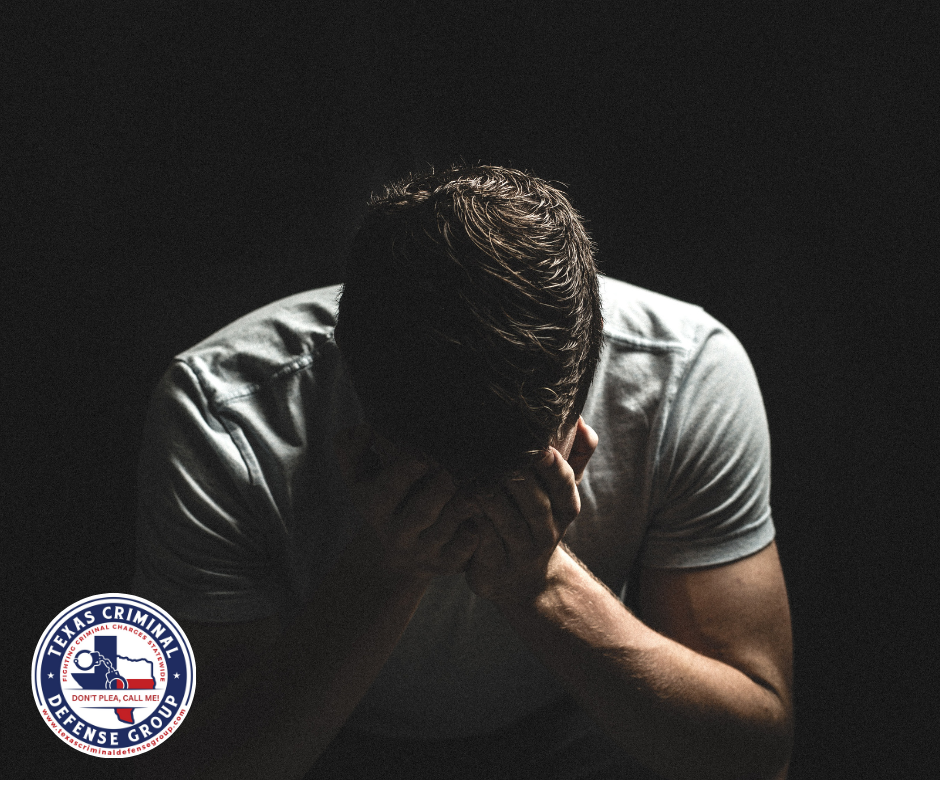
Men as Victims: Addressing the Stigma of Domestic Violence
When we hear about domestic violence, the common image that comes to mind is often that of women suffering at the hands of men. However, a less talked about but equally concerning issue is men who experience domestic violence. Men can be victims too, but societal stigma and stereotypes have often made it difficult for them to come forward.
In this blog post, we will dive deep into the issue of domestic violence against men, why it is underreported, and how men can protect themselves if they are accused of domestic violence. This discussion is particularly relevant in Texas, where domestic violence laws apply equally to men and women.
Key Statistics of Male Victims in Texas
Domestic violence impacts men nationwide, but let’s focus on Texas for a clearer picture. While it’s a serious issue for everyone, the statistics on male victims are often underreported. In 2022, the Texas Department of Public Safety (DPS) found that around 27% of male victims reported physical abuse, with over 100,000 men in Texas facing domestic violence annually.
However, experts believe the actual number is much higher, as many men remain silent due to stigma or fear.
Why Is Domestic Violence Against Men Underreported?
Men are far less likely to report abuse due to societal expectations and stigma. Many fear they won’t be believed or worry that admitting to being a victim will make them seem weak. Understanding these barriers is key to breaking the cycle and encouraging men to seek help.
- Fear of Not Being Believed: Many men worry that no one will take their accusations seriously. In many cases, police and legal systems are not accustomed to handling domestic violence complaints made by men against women. This can discourage male victims from stepping forward.
- Stereotypes and Gender Roles: In Texas and elsewhere, the traditional view is that men should be strong and resilient. This belief makes it harder for men to admit they are victims of abuse, further reinforcing the idea that domestic violence is a women’s issue.
- Lack of Support Systems: Many domestic violence shelters and resources are geared toward women. This can leave men feeling isolated and unsure of where to turn for help. In Texas, there are fewer shelters specifically for male victims, which makes it even harder for men to escape abusive situations.
Know the Signs of Intimate Partner Violence
Domestic violence against men may not always be obvious. In many cases, male victims don’t recognize the signs until the abuse has escalated. Understanding the various forms of abuse is crucial for recognizing when it’s time to seek help.
Physical Abuse: Any physical force used against a partner, such as hitting, pushing, or throwing objects. According to the Texas Family Code, physical abuse can be charged as assault or aggravated assault depending on the severity of the injuries.
Emotional and Psychological Abuse: Verbal insults, constant criticism, or threats of harm can create a toxic environment that chips away at a man’s mental health. Psychological abuse is recognized under Texas law, but it can be more difficult to prove in court without documented evidence.
Financial Abuse: Financial abuse occurs when one partner controls access to financial resources, making the other partner financially dependent. In Texas, this form of control may not always be considered domestic violence under the Texas Penal Code but can still play a crucial role in an abusive relationship.
Domestic Violence Can Take Many Forms
It’s important to understand that domestic violence isn’t limited to physical violence. In many relationships, abuse takes other forms, which can be equally harmful:
- Verbal and Emotional Abuse: This includes yelling, name-calling, and constant belittling. Texas law recognizes the emotional distress caused by verbal abuse, although it may not always lead to legal action unless paired with other forms of abuse.
- Sexual Abuse: Forced sexual activity or coercion, even in a consensual relationship, is considered sexual abuse. Male victims of sexual abuse often face even greater stigma due to societal views of male sexuality.
- Manipulation and Isolation: Abusers often isolate their victims from family and friends to maintain control over them. This tactic can lead to a situation where the victim feels they have no one to turn to for help.
What Should I Do If I’m Charged with Domestic Violence?
If you’re charged with domestic violence, the situation can feel overwhelming. The Texas Penal Code outlines harsh penalties for domestic violence, including jail time, fines, and protective orders. It’s crucial to take immediate steps to protect yourself legally.
Key Steps to Take:
- Hire a Criminal Defense Attorney: Domestic violence charges in Texas can have serious, long-lasting consequences. An experienced defense attorney will help you understand your rights and build a defense.
- Gather Evidence: If you’re falsely accused, gather any evidence that supports your case. This may include text messages, emails, or witness testimonies.
- Follow Court Orders: Ensure that you comply with any protective orders or conditions set by the court. Violating these can result in further charges and complications.
Arrested? Don’t Plea, Call Me!
Facing a domestic violence charge can be overwhelming, and the consequences can be life-altering. At Texas Criminal Defense Group, we understand how complex these cases can be, especially when stigma and misunderstandings are involved. If you’re accused of domestic violence, it’s important to act quickly and protect your rights. Our experienced attorneys are here to provide you with a strong defense, ensuring that your side of the story is heard. Contact us today for a confidential consultation and take the first step toward safeguarding your future.
